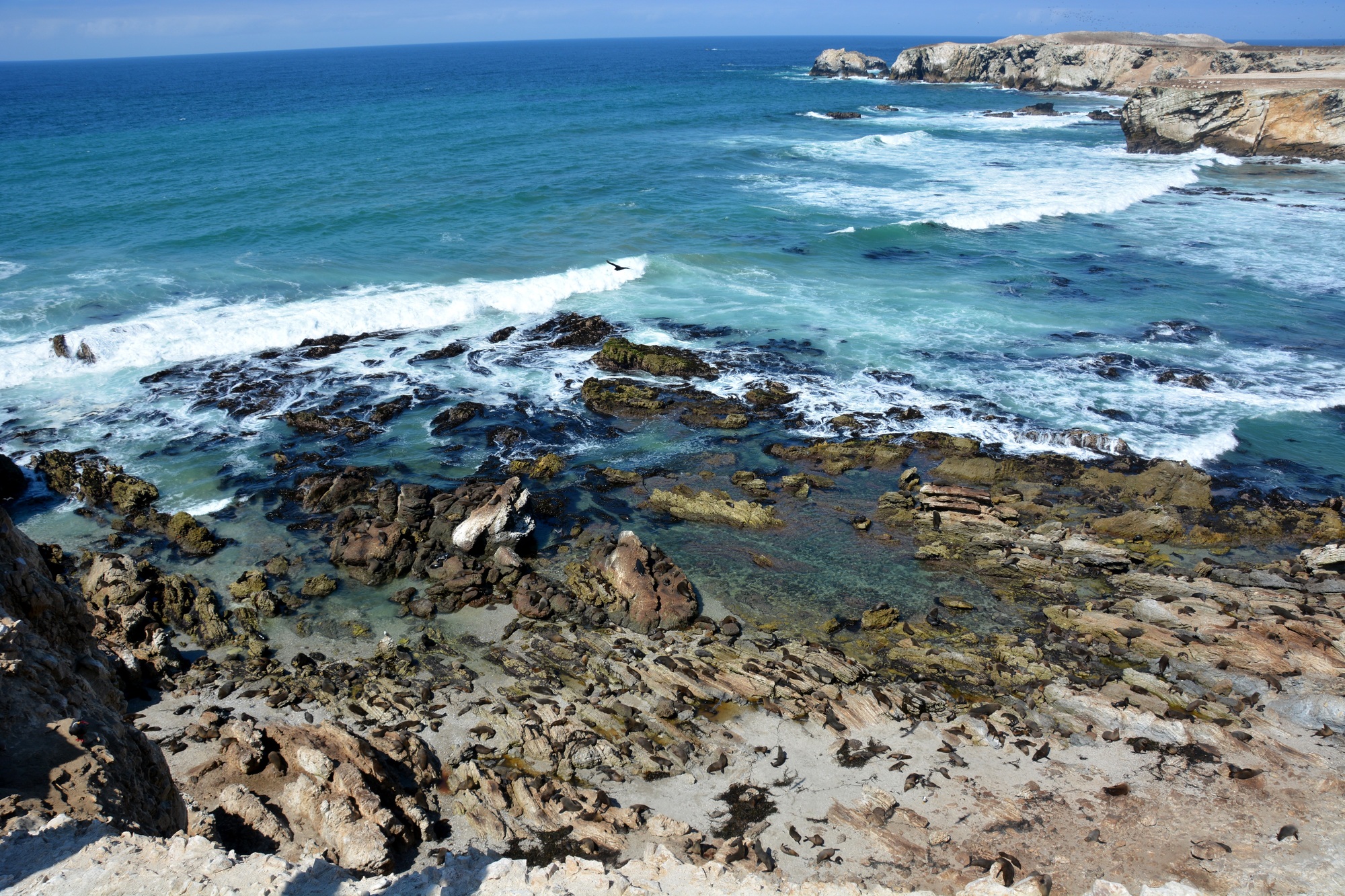

Mar. 22, 2021 - We recently published our investigation of the relationship between red tide severity and the corresponding accumulation of red tide toxins in Sarasota, FL dolphins sampled during veterinary health assessments.
Click here to read the article.
Jan. 6, 2021 - In our new paper, we present a multi-year dataset of marine mammal exposure to the HAB toxins saxitoxin and domoic acid, and describe regional, seasonal and species trends of toxin exposure.
Click here to read the article.
Oct. 15, 2020 - A new publication from our lab, in collaboration with the Texas Marine Mammal Stranding Network, describing a long-term dataset for red tide toxins in Texas bottlenose dolphins.
Click here to read the article.
Mar. 6, 2020 - Our latest publication with collaborators at Sarasota Dolphin Research Program, documenting increased rates of "chuffing" (an explosive type of exhalation) when dolphins are exposed to red tides.
Click here to read the article.
May 15, 2019 - The 2nd Annual Florida Tech Marine Mammal Summer Field Course was a lot of fun and a lot of science was done.
Aug. 4, 2018 - Our efforts to provide the most comprehensive and up-to-date description of the effects of HAB toxins on marine mammals can be found in our latest publication entitled Vulnerabilities of Marine Mammals to Harmful Algal Blooms (Chapter 5 in the new book "Harmful Algal Blooms: A Compendium Desk Reference")
Click here to read the article.
May 30, 2018 - Our first marine mammal-themed summer field course at Florida Tech was a big success! Students traveled to the Friday Harbor Laboratories located in Washington's San Juan Islands to learn field techniques commonly used by marine mammal scientists.
Aug. 16, 2017 - The NOAA Prescott Grant Program continues to be a major source of support; not only for our continued investigation of how HAB toxins affect marine mammals, but also in our efforts to develop new detection methods for toxins of emerging concern in marine mammal habitats.
Click here to read more about the program.
Oct. 21, 2016 - A $275,000 grant from the FAU-Harbor Branch Protect Wild Dolphins Specialty License Plate Fund will fund a 3-year study investigating the distribution of harmful algal toxins in the food web of dolphins inhabiting Florida's Indian River Lagoon.
Click here to read the article.
Oct. 5, 2016 - Our results describing the first report of HAB toxins in pinnipeds from South America were published recently in Marine Mammal Science.
Click here to read the article.
Aug. 24, 2016 - Funding from the NOAA Prescott Grant Program will provide continuing support for our project investigating HAB toxin exposure in marine mammals from the Atlantic, Pacific and Gulf of Mexico coasts of the U.S.
Click here to read more about the program.
Feb. 9, 2016 - A mother/calf pair of North Atlantic right whales (Eubalaena glacialis) was spotted recently at Sebastian Inlet, just 35 minutes south of Florida Tech campus.
Feb. 2, 2016 - A recent collaboration we were involved in investigating bottlenose dolphin health following the Deepwater Horizon oil spill has just been accepted for publication in Diseases of Aquatic Organisms.
Read the pre-press abstract here.
Dec. 22, 2015 - A project we have been working on investigating the effects of harmful algal bloom toxins on Peruvian marine mammals was recently featured recently in the Chicago Tribune. This collaboration with Chicago's Brookfield Zoo and Peru's Programa Punta San Juan has been one of the highlights of our research program.
Click here to read the article from the Chicago Tribune.
Dec. 17, 2015 - A recent study we participated in investigating harbor seal immune response in the presence of a potent HAB toxins was recently published in the journal Harmful Algae (click here to read).
Sept. 4, 2015 - An article describing our efforts to understand the relationship between harmful algal blooms and right whales in Argentina was recently published in Marine Mammal Science (click here to read).
Aug. 25, 2015 - The NOAA Prescott Grant Program will support one of the primary research goals of our newly established lab at Florida Tech: to evaluate seasonal, geographic and species-specific trends of HAB toxin exposure in marine mammals from the U.S.
© Florida Institute of Technology, All Rights Reserved